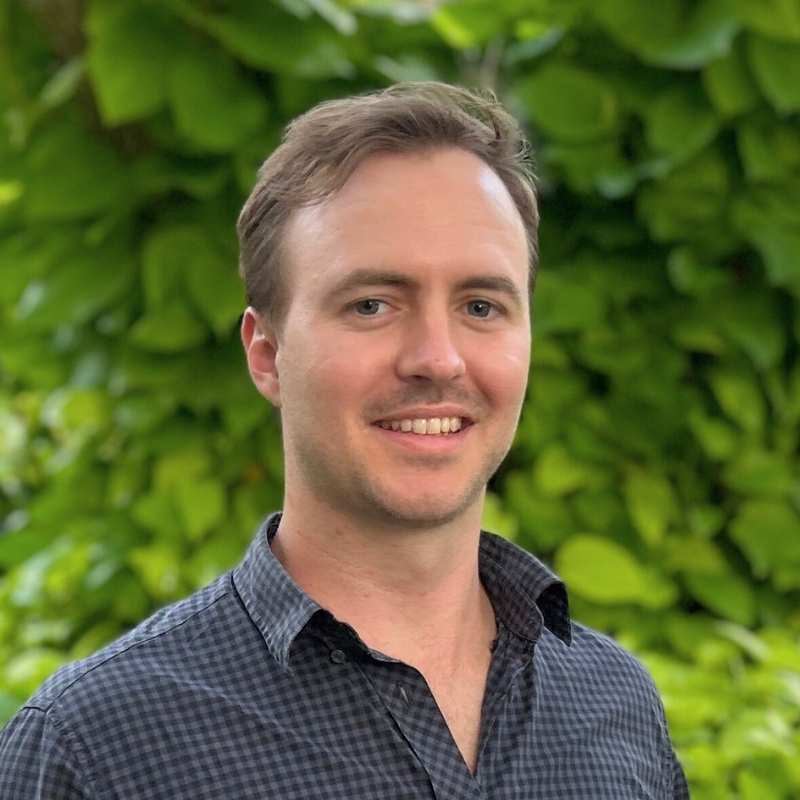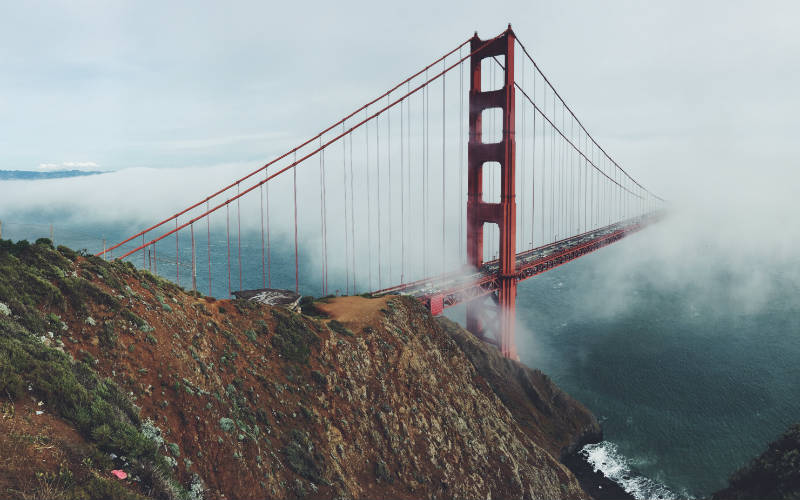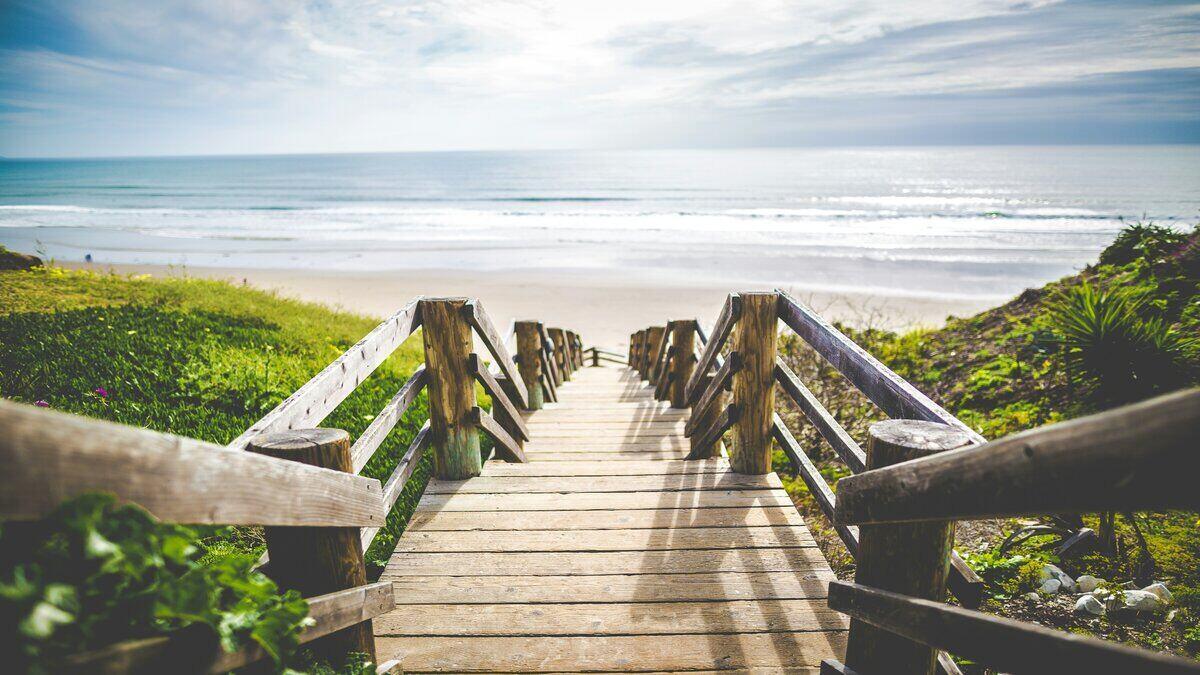Taking out a home loan can be stressful enough without having to make the big decision of whether to fix your interest rate or leave it variable and therefore, subject to the vagaries of financial markets.
There is no one-size-fits-all answer to this quandary. Let's look at the different rate types and outline some of the key advantages and disadvantages of both to help you decide which is the best move for you.
Fixed-rate vs variable-rate home loans: how to choose
Trying to predict home loan interest rates can be tricky indeed but in effect, every homeowner is doing this whether they opt for a variable interest rate or a fixed one. If you're new to the market or worried about interest rates going up in the near future, then fixing all - or a portion - of your loan could be a good strategy.
Ultimately, the home loan you choose will depend on your individual circumstances, attitudes, and motivations. If you don't feel comfortable with risk then you may want to consider choosing a fixed-rate home loan, much like many new property investors do for the first several years of their investment property loans.
This strategy can suit people who'd prefer to know exactly how much they'll be up for in repayments no matter what happens to interest rates during the fixed period.
But if you're more confident with reading the interest rate environment (although even experts can struggle with this), you may find a variable-rate home loan is more suited to your needs.
What is a fixed-rate home loan?
A fixed-rate home loan is a home loan that locks in (or 'fixes') your interest rate for a set period of time (usually between one and five years). One of the main advantages of this is cash-flow certainty. By knowing exactly what your repayments will be, you'll be able to plan ahead and budget for the future. This factor often makes fixed-rate home loans a popular choice for investors over the first two to three years of owning an investment property.
Another reason why a fixed rate can be a good option is that any interest rate rises won't affect the amount of interest you'll have to pay during the fixed term. However, if interest rates drop, you might be paying more in interest than someone who has a variable-rate home loan. Either way, choosing a fixed or variable rate can be a gamble.
It's also important to note that additional loan repayments are often not allowed with fixed-rate loans (or only allowed if you pay a fee). Because of this, the ability to redraw from your home loan is frequently not offered on fixed-rate loans, effectively reducing their flexibility.
What is a variable-rate home loan?
A variable-rate home loan is a home loan where your interest rate moves (or 'varies') with changes to the market. This means your interest rate will rise and fall over the term of your loan.
Variable-rate home loans usually come with appealing flexible features like the ability to utilise an offset account to help you pay off your loan sooner and save you interest. Another advantage can include unlimited redraws where you are able to withdraw any extra repayments you have made.
Below is a table of variable rate loans for owner occupiers making principal and interest (P&I) repayments with some of the most competitive interest rates on the market:
Lender Home Loan Interest Rate Comparison Rate* Monthly Repayment Repayment type Rate Type Offset Redraw Ongoing Fees Upfront Fees Max LVR Lump Sum Repayment Extra Repayments Split Loan Option Tags Features Link Compare Promoted Product Disclosure
Promoted
Disclosure
But variable-rate loans are more uncertain than fixed-rate loans. This can make budgeting for your interest payments more difficult because you'll have to take into account potential rate rises beyond your control. If you aren't prepared for them, you could have trouble keeping up with repayments.
Can I split my loan?
Another home loan option is splitting your loan between fixed and variable. This allows you to lock in a fixed interest rate for up to five years on a portion of your loan, while the remainder remains on a variable rate. Effectively, this can help you 'hedge your bets' on an interest rate rise or cut, helping to minimise the risks associated with interest rate movements.
At the end of the fixed-rate period, you may have the choice of fixing that portion again (at the current fixed-interest market rate) or simply letting it revert to the current variable interest rate. Keep in mind though that the variable rate it reverts to could be higher than the variable rate you're already paying on the other portion of the loan.
Fixing a home loan rate: Things to consider
While having a fixed interest rate can be attractive to those who value stability and are risk-averse, it pays to remember fixed interest rates are not without their own risks. Here are a few things you should consider before applying for one:
1. Could interest rates fall?
If you're tempted by some low fixed home loan interest rates, keep in mind that they may be low for a reason. A low fixed rate may be enticing, but it may not look so good should the Reserve Bank decide to cut the cash rate, causing variable rates to fall.
When lenders think there's a strong chance interest rates will fall in the near future, many try to tempt borrowers into taking out fixed-rate home loans. It means they'll have fewer customers to pass future rate cuts on to. So, essentially, fixing your rate is like making a bet with your lender on whether interest rates on the market are going up or down. If rates rise, you win by avoiding a rate hike. If rates fall, the lender wins because you miss out on a rate cut.
But lenders may have the odds stacked their way because they employ smarty-pants analysts and economists in their loan pricing teams who have all the fancy graphs and data at their disposal to help them accurately forecast the market and set fixed rates accordingly. But that's not to say they're always right.
2. Break fees
Before you sign up for a fixed-term loan, really ask yourself whether you'll be able to commit to the entirety of the fixed term. Because should you take out a fixed loan then later decide to refinance to a lower variable rate, you'll be slapped with a break fee, which can amount to thousands of dollars. This also applies if you want to pay off the loan before the end of the fixed period too, as you might have to do if you're selling your home.
Also see: What fees come with a home loan?
3. Revert rates
At the end of the fixed-rate period, don't expect the lender to automatically switch your loan to one of its lowest variable rates. Chances are your loan will revert to the lender's standard variable rate, which can sometimes be more than 200 basis points higher than some of its lowest rates. You'll then probably want to refinance to a lower rate - a process which can come at a cost.
Frequently asked questions
1. How common are fixed-rate mortgages in Australia?
Just about all lenders in Australia offer both fixed and variable-rate mortgages. The graph below shows variable vs fixed rate lending for new home loans taken out in Australia over recent years:
As a rule of thumb, fixed-rate lending is more popular during times when interest rates are low (such as during the pandemic). When interest rates are expected to fall, variable rate lending is more popular.
The most common fixed-rate mortgages in Australia have terms between one and five years, with few lenders offering 10-year fixed-rate terms, and even fewer offering 15-year terms. A 30-year fixed-rate mortgage is not available in Australia.
2. Is a variable rate of a home loan always higher than a fixed rate?
Not necessarily. As variable home loan rates can rise or fall depending on what's happening in the market, variable rates may not always be higher than fixed rates. It can depend on where those smarty pants analysts and economists see interest rates heading in the near future.
3. How often do variable mortgage rates change?
Variable mortgage rates may rise or fall depending on what the market is doing and what the RBA (Reserve Bank of Australia) sets as the official cash rate. The RBA board meets eight times a year to consider whether the cash rate should be raised or lowered depending on its review of key economic data.
4. How will rising interest rates affect mortgage payments?
If the cash rate goes up, lenders are typically very quick to increase interest rates, raising your minimum required recurring repayment if you have a variable-rate home loan. Conversely, if the cash rate goes down, lenders typically lower interest rates (sometimes not so quickly), effectively lowering your minimum required repayment. The repayment amount might not automatically adjust to the minimum, in which case you may have to contact your lender should you wish to lower it.
5. Can I change my mortgage from variable rate to fixed rate?
Switching your mortgage from a variable rate to a fixed rate can be relatively simple, whereas switching from a fixed to a variable rate (before the end of the fixed term) can be more involved, given you will likely face expensive break costs.
6. Why doesn't Australia have 30-year fixed-rate mortgages?
There are a few reasons why there aren't 30-year fixed-rate mortgages in Australia. One is because there's a lack of demand for them. Most Aussies are happy to take out variable-rate mortgages, knowing that variable rates often have lower interest rates than fixed rates.
A slightly more complicated reason is that Australia's debt market is not developed enough to allow lenders to easily on-sell bundles of 30-year fixed-rate mortgages to investors. This means lenders are generally unwilling to offer them because it means they're likely to be stuck with 30-year fixed-rate loans on their balance sheets.
7. How do I get out of a fixed-rate mortgage?
A fixed-rate home loan is a legal contract guaranteeing your mortgage will carry a fixed rate of interest for a specified amount of time. If you decide to break a fixed-rate home loan contract, your existing lender must be compensated for any loss they incur.
You will likely have to pay two fees: a break fee (which can be very expensive) and a discharge fee, which is usually a few hundred dollars. Each lender will have its own method of calculating a break cost which take into account many factors. Often you won't know exactly what you're up for until the lender does its calculations. You'll need to account for the break fee when deciding whether you're really better off switching loans.
Savings.com.au's two cents
Fixed and variable rates can each have their own appeal, while split-rate home loans can give borrowers the best of both worlds.
Fixed rates can give you more repayment certainty but can be tricky to time in terms of interest rate movements. If you get a fixed-rate loan before interest rates enter a downward cycle, then you'll likely end up paying too much. Fixed-rate loans are also a bigger commitment, and breaking this commitment during the fixed term can cost thousands of dollars.
Variable-rate loans, on the other hand, come with more flexible repayments that move with the market, but this can also be a disadvantage when interest rates increase. Ultimately, it's important you get a home loan that suits your needs and circumstances, and comes with a good combination of low interest rates, low fees, and flexible features.
First published on August 2022
Photo by Grant Lemons on Unsplash
Disclaimers
The entire market was not considered in selecting the above products. Rather, a cut-down portion of the market has been considered. Some providers' products may not be available in all states. To be considered, the product and rate must be clearly published on the product provider's web site. Savings.com.au, yourmortgage.com.au, yourinvestmentpropertymag.com.au, and Performance Drive are part of the Savings Media group. In the interests of full disclosure, the Savings Media Group are associated with the Firstmac Group. To read about how Savings Media Group manages potential conflicts of interest, along with how we get paid, please click through onto the web site links.

Ready, Set, Buy!
Learn everything you need to know about buying property – from choosing the right property and home loan, to the purchasing process, tips to save money and more!
With bonus Q&A sheet and Crossword!






 Harry O'Sullivan
Harry O'Sullivan

 Denise Raward
Denise Raward



